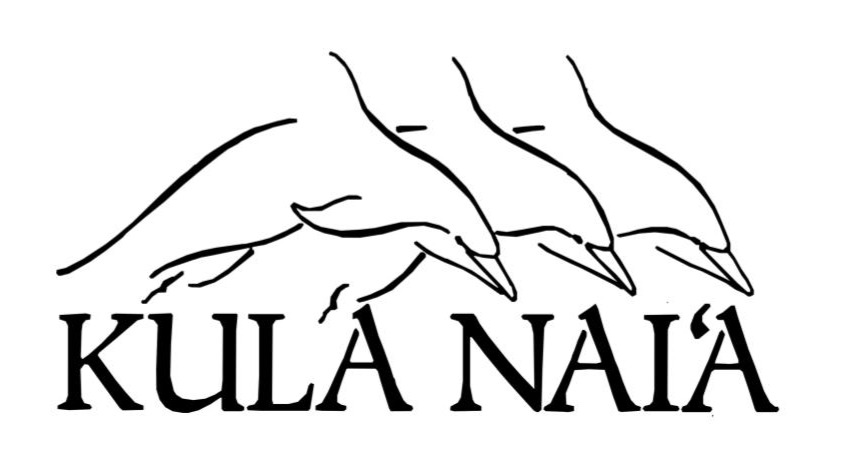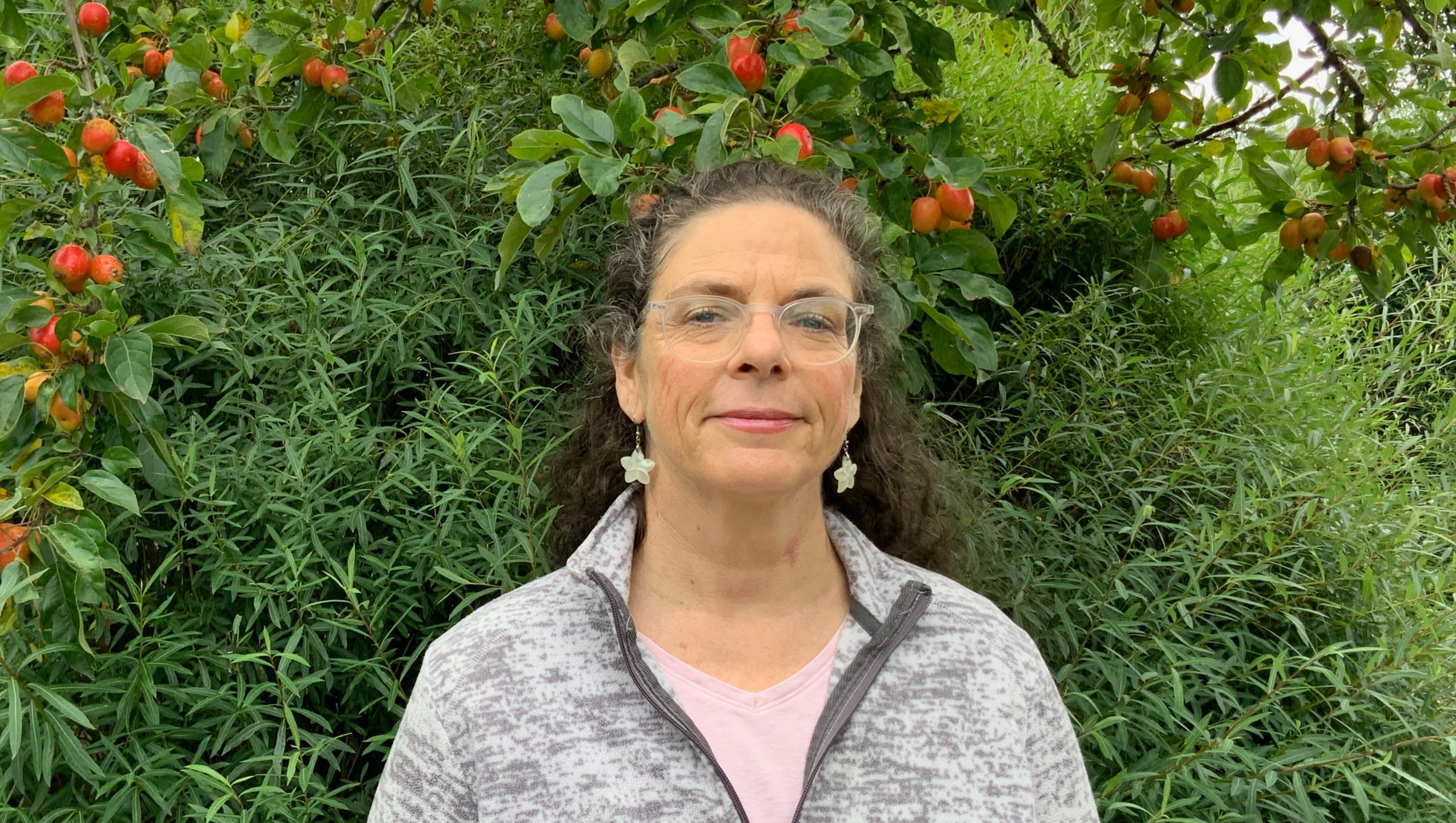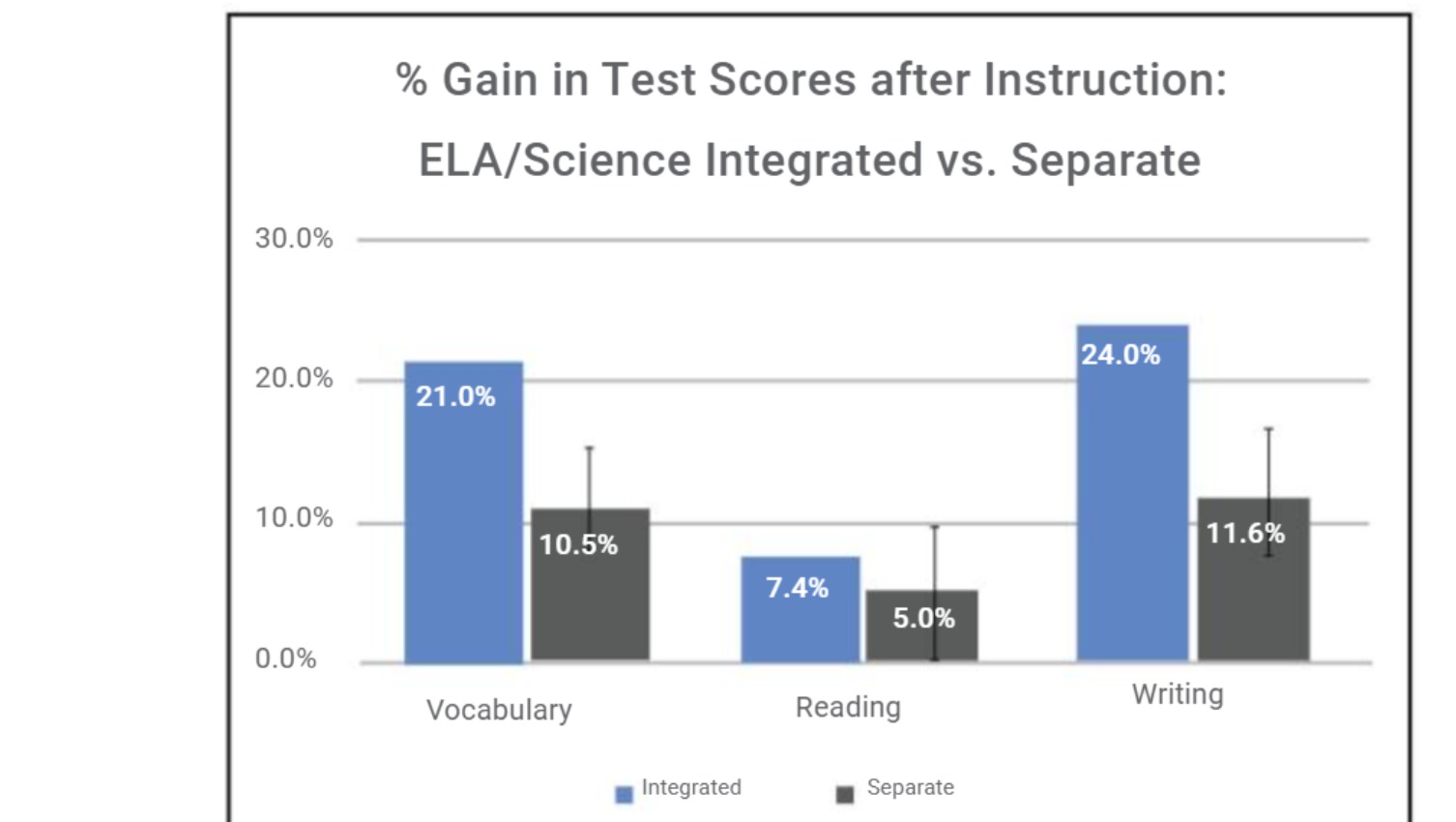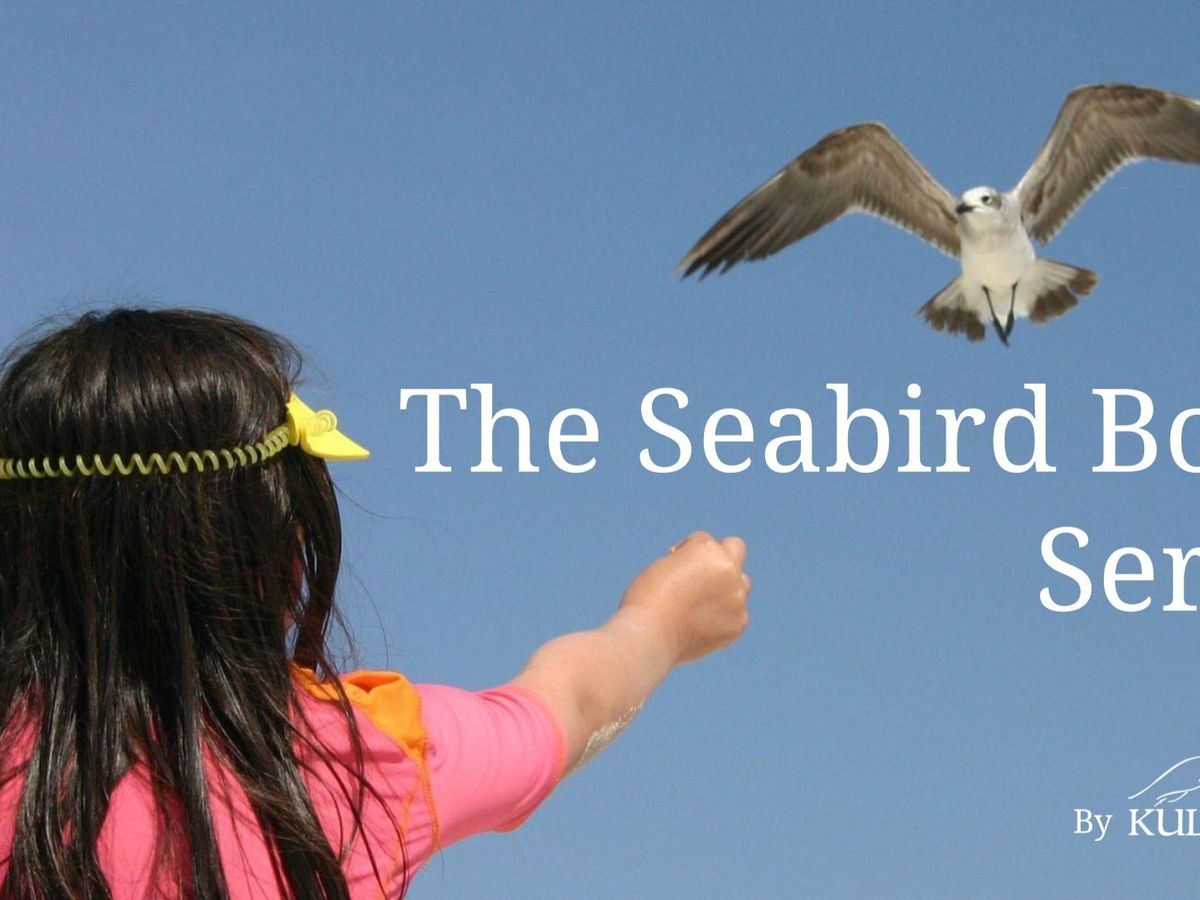“Kids’ eyes light up when they discover something wonderful about the world from a book"
We need your help to create kids' books that spark curiosity and passion for the natural world.
Donate to provide kids with books about seabirds!
A $50 donation covers a month of Adobe subscription needed for book layout and design.
A $1000 donation covers the cost of the development of text and illustrations for one book.
But any level of contribution is appreciated.
Want to know more?
No problem, we’ve answered a bunch of questions below, and you can see the work we do on Facebook, Instagram, Youtube, LinkedIn and Patreon.
Who Are We?

We are the Kula Nai’a Foundation, a 501 (c)(3) non-profit, founded in 1990 by marine scientists who firmly believe in conservation through scientific research and integrated education.

The lead developer for this curriculum and book series is Ania Driscoll-Lind, an educator, curriculum developer, and scientist. She spent 15 years as a research scientist and bioacoustician, and then worked in elementary science education for over 20 years. She has taught Kindergarten through university-level courses and developed curriculum at the Lawrence Hall of Science at UC Berkeley for Grades K-5. Her specializations are in environmental science education, formative assessment and early reader development.
What are these Seabird Books?

This 10-book series focuses on seabirds and helps teach kids ages 5-8 to read. The books cover five species of seabirds, their eggs, what they eat, their role in the environment, and how humans can help seabirds.
We’ve completed the first book, called The Seabird Egg Book, designed to be a read-aloud or a shared read. It features five different seabirds and shows the challenges and solutions they have for laying their eggs.
Why Seabirds?
They have fascinating life stories!
They live most of their lives out at sea, relying on the abundant food provided by the ocean, traveling huge distances, eating and sleeping, all while flying! These are exciting things to imagine and discover as a child because they’re so strange.
What better creatures to spark children's curiosity, and wonder?
They’re also great examples of how animals and their offspring survive in difficult environments, a key life science standard for grade 1.
Their way of raising chicks will be familiar to children. Like humans, they have one baby at a time, working together in pairs to raise the chick. They spend many months caring for, feeding and protecting their offspring.
How Do You Know So Much About Seabirds?
We’ve got great partners!

Their mission is to “Provide emergency response, medical and rehabilitative care for native birds and bats statewide, alongside conservation programs that aim to create a community where native wildlife thrive.”
As our partners in this project, they’re bringing incredible knowledge about the birds and ensuring the information in all our seabird books is accurate and authentic.
Why Write Books?
Because kids are struggling!
“[There is a] crisis in early literacy, with barely a third of students nationwide mastering reading by fourth grade. Remote learning and missed school days during the pandemic have only made the problem worse, with the biggest drop in reading scores for 9-year-olds in 30 years, new national data shows.” NYT Oct. 6, 2022

Learning to read is hard. Reluctant readers are motivated to learn to read if the books have new and interesting information about topics they are curious about and what to know more. We’re creating books for children that are interested in learning more about the natural world.
At the moment books for young kids are full of things that are either:
Repetitively worded, and useful tools for learning to read, but don’t teach about the world;

or they contain interesting information about animals and nature, but the text is too difficult for early readers.

We think books should have both, such as these:

These are some extracts from our previous books
(Images 1 & 2 from Neat to Eat: Leaves; Image 3 from Sea Stars: Under The Waves, Image 4 from The Seabird Egg Book.)
“I noticed a huge increase in the willingness of English learners to take more chances and feel more comfortable speaking, reading, and writing when these tasks included science.” - 2nd grade teacher
Research agrees this approach helps children improve their reading skills and subject-area knowledge when using integrated literacy and content-area instruction in grades K-5. (src).

This range of teaching techniques includes word study/phonics, vocabulary, comprehension and knowledge building. All the books that we are developing use these literacy strategies as a foundational way to build both literacy skills and content knowledge about the natural world. The Seabird books are being piloted by and developed in collaboration with classroom teachers to ensure that they are highly effective.
These books will provide a basis for further curriculum development and integration, tying into leveled reading, lesson plans and national standards to make teachers’ life easier.
We’re writing these books to help kids learn to read in the most effective way we know how.
Why Is This Project Teacher Focused?
"If you look at the stuff we're supposed to cover, it's a lot...To me it's a no-brainer, if you can integrate your literacy with science, you cut your time in half."
Kim, 2nd grade teacher
We’re developing books that work in schools, for teachers. This will allow the books to have the most impact. They will still be appropriate for kids outside the classroom, but so much of the time spent learning to read is in schools, so the books will have the most impact in the classroom environment.
To stand out and make a difference in the classroom the books will provide level reading, while reinforcing science and math content appropriate to the children’s age.
Reading level alignment: Fountas and Pinell reading levels
Math standard alignment: Common Core
Science Standard alignment: NGSS

